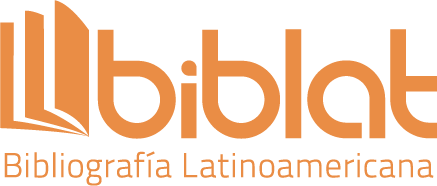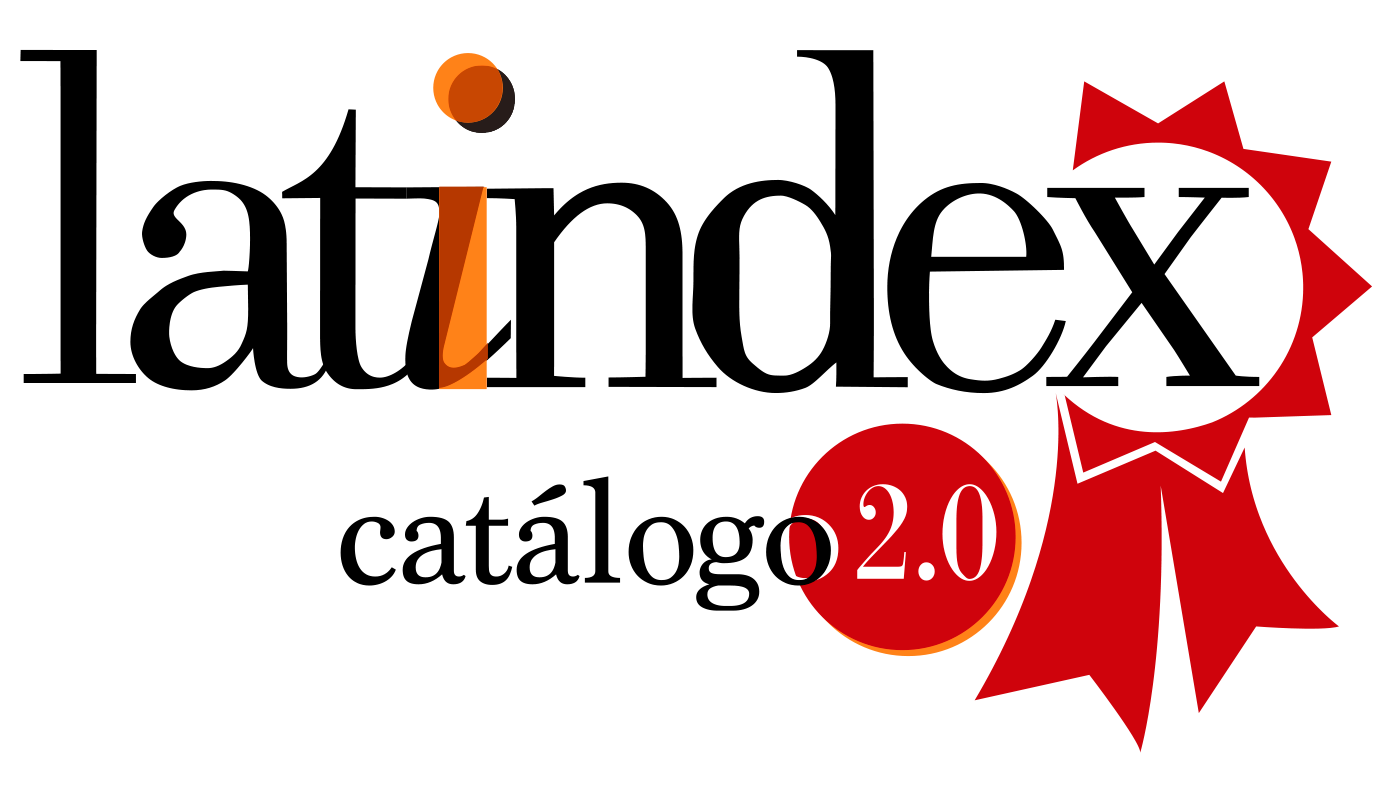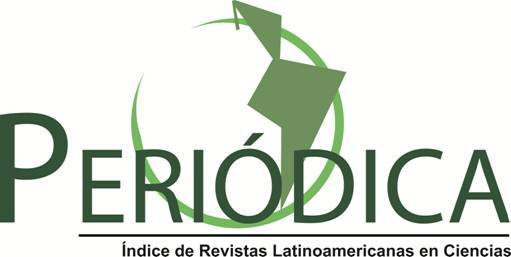Growth, gut dimension, immune response and resistance to Aeromonas hydrophila in Nile Tilapia (Oreochromis niloticus) fed Onion (Allium cepa. L).
Onion Effects on Tilapia Growth & Immunity
DOI:
https://doi.org/10.18633/biotecnia.v27.2622Keywords:
onion powder, Oreochromis niloticus, Aeromonas hydrophila, fish gut, fish bloodAbstract
This study evaluated onion (Allium cepa) powder in Oreochromis niloticus diets, focusing on growth, gut area, immune response, and resistance to Aeromonas hydrophila. Six diets, OP0, OP1, OP2, OP3, OP4, and OP5 with onion powder inclusion from 0% to 2.5%, were formulated and fed to triplicate groups of fish (1.79±0.14g) for 10 weeks. Fish were then challenged with A. hydrophila and monitored for 14 days. While growth was not significantly altered by onion supplementation over 10 weeks, survival after Aeromonas hydrophila challenge was significantly improved. Bacterial diversity and total counts increased in gut onion-fed fish, with Bacillus and Enterobacter being the dominant species. Serum biochemistry indicated reduced alanine aminotransferase and aspartate aminotransferase levels in fish fed 0.5% to 1.5% onion diets, while alkaline phosphatase increased. Antioxidant enzyme activities were generally higher in onion-supplemented groups, with reduced levels of malondaldehyde. Villi height and width did not significantly differ across treatments. Aeromonas hydrophila challenge on Nile tilapia showed a significantly higher relative percentage survival (RPS) in onion-supplemented groups, with a record 100% in groups fed 1.0% and above. This study revealed that 1-1.5% inclusion of onion in the diets of Nile tilapia resulted in enhanced immune response, gut health, and disease resistance
Downloads
References
Abdel‐Tawwab, M. & Abbass, F. E. (2017). Turmeric powder, Curcuma longa L., in common carp, Cyprinus carpio L., diets: Growth performance, innate immunity, and challenge against pathogenic Aeromonas hydrophila infection. Journal of the World Aquaculture Society, 48, 30– 312. https ://doi.org/10.1111/jwas.12349
Abdel‐Tawwab, M., Adeshina, I., Jenyo‐Oni, A., Ajani, E. K., & Emikpe, B. O. (2018). Growth, physiological, antioxidants, and immune response of African Catfish, Clarias gariepinus (B.), to dietary clove basil, Ocimum gratissimum, leaf extract and its susceptibility to Listeria monocytogenes infection. Fish and Shellfish Immunology, 78, 346–354. https ://doi.org/10.1016/j.fsi.2018.04.057
Adeyemo, O. K. (2005). Haematological and histopathological effects of cassava mill effluent in Clarias gariepinus. African Journal of Biomedical Research 8: 179-183.
Agbebi, O.T., Ogunmuyiwa, T.G. and Herbert, S.M. (2013). Effect of dietary garlic source on feed utilization, growth and Histopathology of the African catfish (Clarias gariepinus). J. Agric. Sci. 5 (5), 26–34. http://dx.doi.org/10.5539/jas.v5n5p26.
Ajani, E. K., Orisasona, O., Kareem, O. K., Osho, F.E, Adeyemo, A. O, Omitoyin, B. O and Adekanmbi, A. O. (2020). Growth performance, gut ecology, immunocompetence and resistance of Oreochromis niloticus juveniles fed dietary Curcumin longa. Croatian Journal of Fisheries, 78, 145-156. DOI: 10.2478/cjf-2020-0014
Amar E. C., Faisan, J. P. Jr. (2011). Efficacy of an inactivated ‘‘vaccine’’ and nutritional additives against white spot syndrome virus (WSSV) in shrimp, Penaeus monodon. Israeli J Aquacult-Bamidgeh 63:IIC:2011.529–538
Apines-Amar, M. J. S., Amar, E. C., Faisan, J. P., Rolando, V., Pakingking, R. V., Satoh, S. (2012). Dietary onion and ginger enhance growth, hemato-immunological responses, and disease resistance in brown-arbled grouper, Epinephelus fuscoguttatus. AACL BIOFLUX 5 (4), 231–239.
Aly, S.M. and Mohamed, M.F. (2010). Echinacea purpurea and Allium sativum as immunostimulants in fish culture using Nile tilapia (Oreochromis niloticus). J. Anim. Physiol. Anim. Nutr. 94 (5), 31–39. http://dx.doi.org/10.1111/j.1439-0396.2009.00971.x.
AOAC. (2005). Official methods of analysis of the association of analytical chemists international (18th edn). Rockville, MD: Official Methods.
Azevedo, R. V., Filho, J. C. F., Pereira, S. L., Cardoso, L. D., Andrade, D. R and Vidal Junior, M. V (2016). Dietary mannan oligosaccharide and Bacillus subtilis in diets for Nile tilapia (Oreochromis niloticus) Acta Scientiarum. Animal Sciences Maringá, 38(4):347-353. Doi: 10.4025/actascianimsci.v38i4.31360
Baba, T., J. Imamura, K. Izawa and Ikeda K (1988). Immune protection in carp, Cyprinus carpio L., after immunization with Aeromonas hydrophila crude lipopolysaccharide. Journal of Fish Diseases, 11: 237-244.
Bello O. S., Olaifa F. E., Emikpe B. O. and Ogunbanwo S. T. (2013). Potentials of walnut (Tetracarpidium conophorum Mull. Arg) leaf and onion (Allium cepa Linn) bulb extracts as antimicrobial agents for fish. Afri. J. Micro. Rese. 7: 2027–2033.
Buetler, E., Duron, O. and Kelly, B. M. (1963). Improved method for the determination of blood glutathione. Journal of Laboratory and Clinical Medicine, 61, 882–890.
Cardella M. A. and M. E. Eimers (1990). Safety and potency testing of federal licensed fish bacterins. J Aquat Anim Health, 2: 49–55.
Farahi, A., Kasiri, M., Sudagar, M., Iraei, M., Shahkolaei, M.D. (2010). Effect of garlic (Allium sativum) on growth factors, some hematological parameters and body compositions in rainbow trout (Oncorhynchus mykiss). AACL Bioflux 3 (4), 317–323.
Givens, C. E, Ransom, B, Bano, N et al. (2015). Comparison of the gutmicrobiomes of 12 bony fish and 3 shark species. Mar Ecol Prog Ser 2015;518:209–23.
Gornal, A. G., Bardawill, J. C., David, M. M. (1949). Determination of serum proteins by means of biuret reaction. J. Biol. Chem. 177: 751-766.
Habig, W. H., Pabst, M. J., and W.B. Jakoby (1974). Glutathione S-transferases. The first enzymatic step in mercapturic acid formation. J. Biol. Chem., 249: 7130-7139
Hopwood D. (1996). Fixation and Fixatives. In S. A. Bancroft J., Theory and practice of histological techniques. (pp. 201-4). New York: Churchhill Livingstone
Hrubec, T. C., Cardinalle, J. L., and Smith, S. A. (2000). Hematology and plasma chemistry reference intervals for cultured Tilapia (Oreochromis hybrid). Veterinary Clinical Pathology, 29(1), 7–12. https://doi.org/10.1111/j.1939-165X.2000.tb003 89.x
Jollow, D. J., Michell, J. R., Zampaglionic, N. and Gillete, J. R., (1974). Bromobenzene‐induced Liver necrosis: Protective role of glutathione and evidence for 34‐bromobenzene oxide as hepatotoxic metabolite. Pharmacology, 11, 151–169. https ://doi.org/10.1159/00013 6485
Kalyankar, A.D., Gupta, R.K., Bansal, N., Sabhlok, V.P., Singh, D. (2013). Effect of garlic (Allium Sativum) against Aeromonas hydrophila and health management of Swordtail, Xiphophorus helleri A.D. J. Environ. Sci. Sustainability JESS 1 (2), 41–48
Kaplow, L. S. (1955). A histochemical procedure for localizing and valuating leukocyte alkaline phosphatase activity in smears of blood and marrow. Blood, 10, 1023.
Kocour, M., Lynhard, O., Gela, D., and Rodina, M. (2005). Growth performance of all–female and mixed–sex common carp, Cyprinus carpio L. population in central European climatic conditions. Journal of the World Aquaculture Society, 36, 103–113.
Mello, H. D., Moraes, J. R. E., Niza, I. G., Moraes, F. R. D., Ozório, R. O. A., Shimada, M. T., … Claudiano, G. S. (2013). Efeitos benefices de probióticos no intestino de juvenis de Tilapia‐do‐Nilo. Pesquisa Veterinária Brasileira, 33, 724–730. https ://doi.org/10.1590/S0100-736X2 01300 0600006
Narvaez, E., Berendsen, J., Guzman, F., Gallardo, J. A and Mercardo, T (2010). An immunological method of quantifying bacterial activity in Salma salar (Linnaeus 1758) skin mucus. Fish and Shellfish Immunology 28:235-239
Nwanna, L. C., Ajani, E. K., & Bamidele, S. F. (2013). Use of lactic acid bacteria from Nile tilapia Oreochromis niloticus as probiotics for sustainable production and improvement in welfare of the Fish. The Israeli Journal of Aquaculture ‐ Bamidgeh, IJA_66.2014.977, 12. http://hdl.handle.net/10524/ 49134 .
Oladele, O. A., Emikpe, B. O. and Bakare, H. (2012). Effects of dietary garlic (Allium sativum linn.) supplementation on body weight and gut morphometry of commercial broilers. International Journal of Morphology 30. 1: 238-240.
Olutiola,P.O., Famurewa, O. and Sonntag, H.G. (2000). An Introduction to microbiology, a practical Approach. Tertiary Text Book series
Omitoyin, B. O., Ajani, E. K., Adesina, B. T., and Okuagu, C. N. F. (2006). Toxicity of lindane (gamma hexachloro‐cyclottexane) to Clarias gariepinus (Buchel, 1822). World Journal of Zoology, 1, 57–63.
Omitoyin B. O., Ajani, E. K, Orisasona O, Bassey, H. E, Kareem, K. O, Osho, F. E. (2019). Effect of guava Psidium guajava (L.) aqueous extract diet on growth performance, intestinal morphology, immune response and survival of Oreochromis niloticus challenged with Aeromonas hydrophila. Aquac Res. 2019;50:1851–1861. https ://doi.org/10.1111/are.14068
Oresegun, A and Alegbeleye, W.O. 2001. Serum and tissue thiocynate concentration in tilapia (Oreochromis niloticus) fed cassava peels based diets supplemented with D,L methionine. Proceedings of the 21st Fisheries Society of Nigeria on Fish Nutrition and Fish Feed. Eyo, A.A. Eds. Ilorin. 107 - 115.
Ostrowska, E., Gabler, N. K., Sterling, S. J., Tatham, B. G., Jones, R. B., Eagling, D. R., Jois, M., Dunshea, F. R. (2004). Consumption of brown onions (Allium cepa var. cavalier and var. destiny) moderately modulates blood lipids, haematological and haemostatic variables in healthy pigs. Br. J. Nutr. 91, 211–218.
Osuigwe, D.I., A.I. Obiekezie and G.C. Onuoha, 2005. Some haematological changes in hybrid catfish (Heterobranchus longifilis x Clarias gariepinus) fed different dietary levels of raw and boiled jackbean (Canavalia ensiformis) seed meal. Afr. J. Biotechnol., 4: 1017-1021.
Reitman, S., & Frankel, S. (1957). A colorimetric method for the determination of serum glutamic oxalacetic and glutamic pyruvic transaminases. American Journal of Clinical Pathology, 28, 56–63. https ://doi.org/10.1093/ajcp/28.1.56
Saleh, N., Michael, M and Toutou, M (2015). Evaluation of garlic and onion powder as phyto-additives in the diet of sea bass (Dicentrarcus labrax).Egy. J. Aqua. Res., 41 (1): 211–217.
Schmidt, V. T, Smith, K. F, Melvin, D. W and Amaral-Zettler, L. A (2016). Community assembly of a euryhaline fish microbiome during salinity acclimation. Mol Ecol. 24:2537–50. doi: 10.1111/mec.13177
Soosean, C., Marimuthu, K., Sudhakaran, S., and Xavier, R. (2010). Effect of mangosteen (Garcinia mangostana L.) extracts as a feed additive on growth and haematological parameters of African catfish (Clarias gariepinus) fingerlings. European Review for Medical and Pharmacological Sciences, 14, 605–611
Taher, M. M., Mojer, A. M., Muhammed, S. J., Al-Dubakel, A. Y., Salih, O. A and Sabti, Z. A (2024). Effect of onion meal and commercial prebiotic on growth and survival of common carp, Cyprinus carpio juveniles cultivated in earthen ponds. Iraqi Journal of Aquaculture, 21(2): 29-44
Thepot, V., Campbell, A. H., Rimmer, M. A., and Paul, N. A. (2021). Meta analysis of the use of seaweeds and their extracts as immunostimulants for fish: A systematic review. Reviews in Aquaculture, 13(2), 907–933. https://doi.org/10.1111/raq.12504
Tietz, N. W., Burtis, C. A., Duncan, P., Ervin, K., Petitclerc, C. J., Rinker, A. D., … Zygowicz, E. R. (1983). A reference method for measurement of alkaline phosphatase activity in human serum. Clinical Chemistry, 29, 751–761.
Upadhaya, S. D., and Kim, I. H. (2017). Efficacy of phytogenic feed additive on performance, production and health status of monogastric ani‐ mals – A review. Annals of Animal Science, 17(4), 929–948. https://doi. org/10.1515/aoas.2016-0079
Vashney, R., and Kale, R. K. (1990). Effects of calmodulin antagonists on radiation‐induced lipid peroxidation in microsomes. International Journal of Radiation Biology, 58, 733–743. https ://doi.org/10.1080/0955300901 4552121
Vigneshpriya, D and N, krishnaveni (2016). Effect of garlic and onion incorporated feed on the growth and nutritional status on the fresh water fish Tilapia, Oreochromis mossambicus (Peters, 1852). International Journal of Fisheries and Aquatic Studies 2016; 4(5): 253-257
Wolf, S. P. (1994). Methods Enzymol., 1994, 223, 182–189.
Wong, S., Waldrop, T., Summerfelt, S. et al. (2013). Aquacultured rainbow trout (Oncorhynchus mykiss) possess a large core intestinal microbiota that is resistant to variation in diet and rearing density. Appl Environ Microbiol. 79:4974–84.
Xu, L., Ran, C., He, S., Zhang, J., Hu, J., Yang, Y., Zhou, Z. (2015). Effects of dietary yeast nucleotides on growth, non‐specific immunity, intestine growth and intestinal microbiota of juvenile hybrid tilapia Oreochromis niloticus ♀ Oreochromis aureus ♂. Animal Nutrition, 1, 244–251. https ://doi.org/10.1016/j.aninu.2015.08.006
Yagi, K. (1984). Increased lipid peroxides initiates atherogenesis. BioEssays, 1:58–60. https ://doi.org/10.1002/bies.95001 0205

Published
How to Cite
Issue
Section
License
Copyright (c) 2025

This work is licensed under a Creative Commons Attribution-NonCommercial-ShareAlike 4.0 International License.
The journal Biotecnia is licensed under the Attribution-NonCommercial-ShareAlike 4.0 International (CC BY-NC-SA 4.0) license.




_(1)_(1).png)






_(2).jpg)





